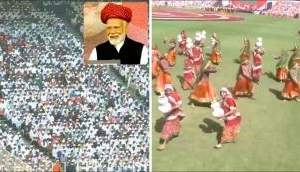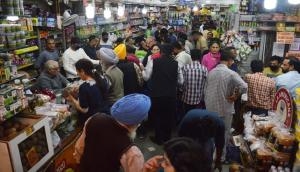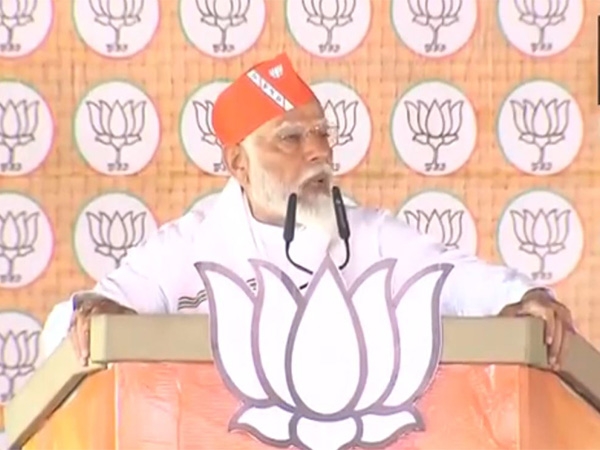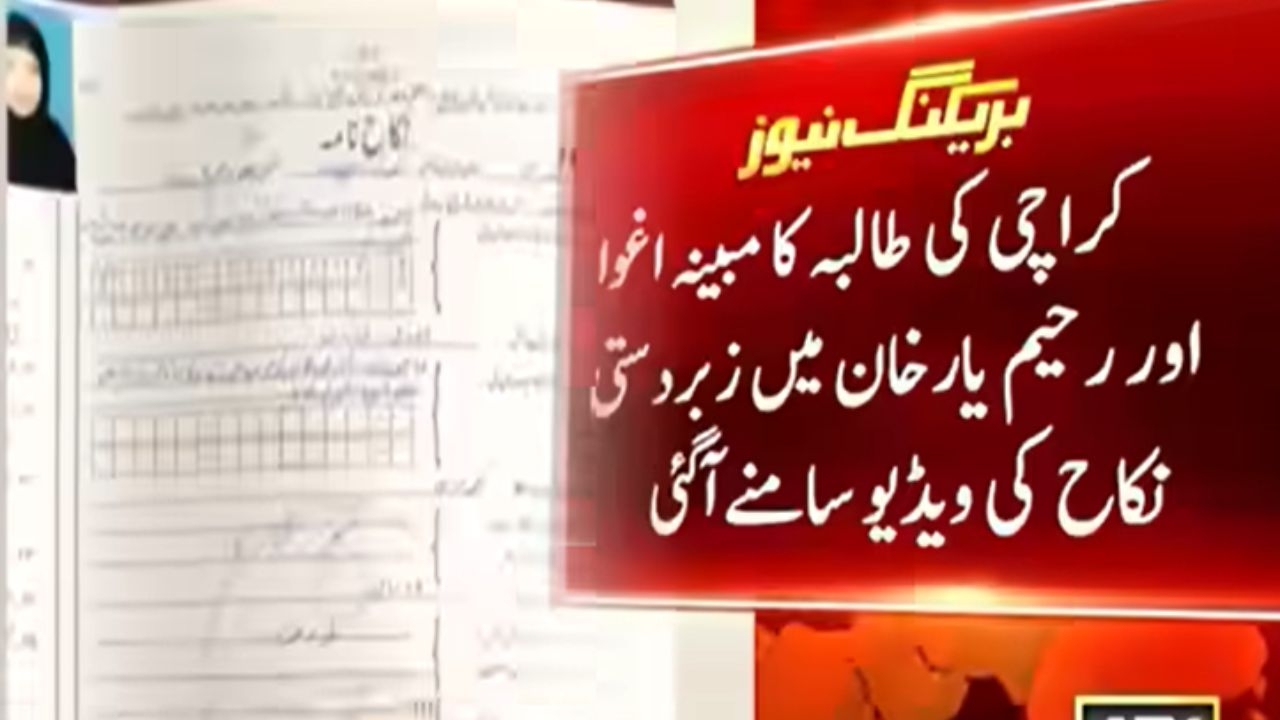Jaitley's Pandora's Box? LS passes GST Bills with many unpleasant surprises

India has finally got the biggest tax reform in its history – the Goods and Services Tax (GST) – almost 15 years after it was conceptualised.
Fearing opposition in the Rajya Sabha, the government moved supporting legislations for GST in the Lok Sabha by way of a Money Bill, a law or amendment in existing law that does not require approval of the upper house.
Late on Wednesday evening, the Lok Sabha passed the Bills, signalling one of Narendra Modi's biggest victories as Prime Minister in the field of reform.
All amendments moved by Opposition members were rejected through a voice vote in the lower house of Parliament.
The real test
In the last six months, all states – a large number of which are now ruled by the Bharatiya Janata Party – have shown an interest in implementing GST. Union Finance Minister Arun Jaitley's efforts in making GST a reality are laudable.
So far so good, then. But the real test for government and the GST council lies ahead. From now on, it's a journey into uncharted waters – fitting of goods and services in respective tax brackets, drafting and framing of rules to implement the GST tax system, and the implementation of the new tax regime.
The legislations moved in the Lok Sabha have many new provisions that will create problems for manufacturers, traders, and most importantly, the consumers.
Opposition still not convinced
Jaitley opened the debate on the Bills on Wednesday. The Opposition, though in support of the idea of GST, criticised the government's legal draft, while the treasury benches termed it as a 'game changer' for the Indian economy.
The Congress alleged that not allowing UPA government to implement GST had cost the nation Rs 12 lakh crore. “Seven to eight years have passed after the erstwhile UPA government wanted to bring the GST Bill. Some parties then felt it should be halted due to reasons best known to them,” former law minister and senior Congress MP Veerappa Moily said during the discussion on the Bill, adding that due to the delay in the roll out of GST, the country lost around Rs 1.5 lakh crore annually.
Moily further alleged that GST has fundamental contradictions with the Indian Constitution, as it abrogates its basic provisions. According to him, the GST Council, which has been given the power to decide tax rates, is impeding on the Parliament's legislative powers.
On the other hand, Biju Janata Dal member Bhartruhari Mahtab said there needs to be check on expectations on the benefits this reform is touted to bring.
“We need to bring down the expectations of benefits from GST. Whether the country will benefit, whether revenues of states remain neutral or whether consumer will get the goods at cheaper prices? We will know only after a year or so,” he said.
In his reply to the marathon debate, Jaitley rejected all allegations. He emphasised that GST will not be inflationary, and assured that once tax rates are aligned, petroleum products will also be taxed under the new regime.
Many unpleasant surprises
The Finance Bill, 2017, passed a few days ago in the Lok Sabha, included 30 legislative changes. In normal course, these would have been moved as separate legislations, as per parliamentary procedure.
Similarly, there were major changes in the GST Bill presented in the Lok Sabha from the draft Bill circulated to all stakeholders six months back.
1. The composition scheme has been redefined. It is a scheme for the benefit of small traders and job workers. Instead of 2.5% tax for manufacturers (and 1% for others) on annual turnover of Rs 50 lakh, the Bill before the Lok Sabha says to charge 1% for manufacturers, 2.5% for supply of foods and drinks (read hotels, restaurants). It means that eating in top restaurants in cities will become costly.
2. The Bill also changes tax rate of levy of taxes – it was kept at 14% in case of Central Goods and Services Tax (CGST), but has now been raised to 20%. In simple terms, the maximum rate (which is prescribed at 28% at present) for Centre (CGST) plus state (SGST) may go up if the council the decides in favour of it.
3. Another area of concern is the change in the treatment of taxes on agriculture. In the draft Bill, all income from agriculture was not liable to be taxed. Now, the proposed Bill in the lower house suggests that an agriculturist – to the extent of supply of produce out of cultivation of land – is not required to register for GST. Agriculturist means individual or HUF who cultivates his land individually or with family or by servants. In simple terms, contact farming would be required to register, unless an exemption notification is issued once the GST is implemented.
4. A provision that is most loosely drafted includes collection of tax from the buyer of goods or services from a dealer who is not registered. The provision was not there in the draft Bills. In simple terms, the buyer will have to ensure that he is purchasing the goods from a GST registered dealer, otherwise the government can ask him to pay tax on the principle of reverse charge.
It is not 'one country, one tax structure'
As soon as the Constitutional Amendment Bill was passed in Parliament, social media was bombarded with messages that suggested GST would bring about a revolutionary change; that it would be only 'one tax' for 'one country'.
However, that is not the case. At the most, it will be one tax for a particular commodity and not all. The GST rate structure has slabs – 0%, 5%, 12%, 18% and 28% for goods – and the council has yet not finalised the rate at which services are going to be taxed. On top of it, there will be a special rate for bullion, gems and jewellery, as the value of such commodities is very high.
Over and above this, a special cess to fund the fall in revenues of states is also present. A special compensation Bill has been moved to this effect.
Other than pan masala and tobacco products, the two items in the list that are going to attract the cess should be point of concern – passenger cars and all supply of goods. In other words, the council may, in future, include more goods under the purview of the cess.
Fitting products into tax slabs
There are thousands of products and scores of services that need to be listed in each of the above tax slabs. The work for the same is likely to start from April. Each state will have products that will fit in special categories. This means either these products are an important part of the state's economic output, or revenue generation.
Fitting all these items, keeping in mind the interests of the states and the Union government, will require special efforts. The officials, while deciding on these rates, will also need to keep in mind possible inflation and consumer interests, as a product attracting lower rate (of say 8%) should not be fitted in the 28% bracket.
In such a scenario, there is expected to be a cascading effect of rise in prices, which will have an enormous impact on the consumers.
First published: 29 March 2017, 21:46 IST





![BJP's Kapil Mishra recreates Shankar Mahadevan’s ‘Breathless’ song to highlight Delhi pollution [WATCH] BJP's Kapil Mishra recreates Shankar Mahadevan’s ‘Breathless’ song to highlight Delhi pollution [WATCH]](http://images.catchnews.com/upload/2022/11/03/kapil-mishra_240884_300x172.png)

![Anupam Kher shares pictures of his toned body on 67th birthday [MUST SEE] Anupam Kher shares pictures of his toned body on 67th birthday [MUST SEE]](http://images.catchnews.com/upload/2022/03/07/Anupam_kher_231145_300x172.jpg)


_251372_1280x720.jpg)
_251371_1280x720.jpg)


